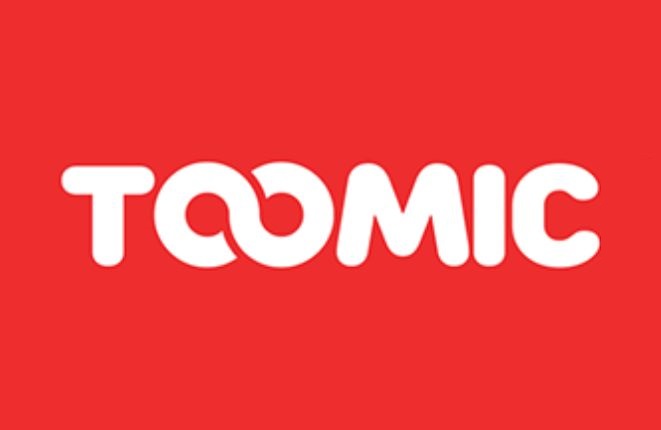In today’s fast-paced digital world, where users expect instant gratification and simplicity, minimalist website design has become increasingly popular. This kind of design prioritizes simplicity and removes any unnecessary elements to create a clean and straightforward user interface. This design philosophy is based on the idea that less is more, and that by removing clutter and focusing on what’s essential, a website can be more effective and engaging. In this context, the benefits of minimalist website design are numerous and can lead to improved user experience, faster load times, better mobile optimization, increased conversion rates, and improved branding. In this blog post, we will explore the benefits of minimalist website design in greater detail and explain how this approach can help businesses create more effective and engaging websites.
What Is Minimalist Website Design?
Minimalist website design is a design approach that emphasizes simplicity and minimalism to create a clean, uncluttered, and straightforward user interface. The minimalist design philosophy is based on the idea that less is more, and that by removing unnecessary elements and focusing on what’s essential, a website can be more effective and engaging. In a minimalist website design, the layout is simple and uncluttered, with plenty of white space. The color palette is usually limited, with only a few colors used throughout the site. The typography is simple and easy to read, with clear headings and concise messaging.
Common Features of Minimalist Website Design
Minimalist website design is a popular design approach that focuses on simplicity and minimalism to create a clean and straightforward user interface. Here are some common features of minimalist website design:
- Simple Layout: A minimalist website design typically features a simple, uncluttered layout with plenty of white space. The layout is designed to direct the user’s attention to the most important elements of the website.
- Limited Color Palette: Minimalist websites typically use a limited color palette, with only a few colors used throughout the site. This creates a cohesive and consistent look and feel.
- Minimal Text: Minimalist websites use minimal text, focusing on concise messaging and clear headlines. This helps to keep the user focused and engaged.
- Large Images: Minimalist websites often use large, high-quality images to create a visual impact. The images are typically the focal point of the website and help to convey the brand’s message.
- Simple Navigation: The navigation on a minimalist website is typically simple and straightforward, with easy-to-use menus and a clear hierarchy. This helps users to find what they are looking for quickly and easily.
- Flat Design: Minimalist websites often feature a flat design, which means that there are no gradients, shadows, or other 3D effects. This creates a clean and modern look and feel.
- Minimal Animation: Minimalist websites may use minimal animation to add interest and visual appeal to the site. However, the animations are typically simple and understated, with no distracting effects.
Overall, minimalist website design is all about simplicity and minimalism. By focusing on the most important elements of the website and removing anything unnecessary, a minimalist design can create a clean and straightforward user interface that is easy to use and visually appealing.
The Pros of Minimalist Website Design
Here are some of the benefits of minimalist website design:
- Improved User Experience: A minimalist design simplifies the user interface and makes it easy for users to navigate the site, find the information they need, and complete their desired actions. This can lead to improved user satisfaction and increased engagement.
- Faster Load Times: A minimalist design often means fewer graphics, animations, and other visual elements, which can result in faster load times. This is especially important in today’s fast-paced digital world, where users expect instant gratification.
- Better Mobile Optimization: A minimalist design is often more responsive and mobile-friendly than a cluttered design. With more people accessing the internet through their mobile devices, it’s essential to have a website that looks great on all devices.
- Increased Conversion Rates: A minimalist design can help focus the user’s attention on the most important elements of the website, such as calls to action or product offerings. This can lead to increased conversion rates and more sales or leads.
- Improved Branding: A minimalist design can help reinforce your brand’s identity by highlighting its key values and aesthetic. A clean, simple design can also make your website appear more professional and polished.
Overall, a minimalist website design can lead to improved user experience, faster load times, better mobile optimization, increased conversion rates, and improved branding.
To achieve the benefits of a minimalist website design, it’s important to work with a reputable 網站設計公司 that has experience in this design approach. A reputable website design company can help you create a website that is visually appealing, easy to navigate, and optimized for conversion. They can also help you incorporate the latest design trends and technologies to create a website that meets the expectations of modern users. By working with a reputable website design company, you can ensure that your website is optimized for success and that you are able to achieve the full range of benefits that minimalist website design has to offer.
Summary
In conclusion, minimalist website design is a popular approach that prioritizes simplicity and minimalism to create a clean and effective user interface. By focusing on the most important elements of the website and removing unnecessary elements, minimalist design can lead to improved user experience, faster load times, better mobile optimization, increased conversion rates, and improved branding. The benefits of minimalist website design are numerous, making it an effective way to create engaging and effective websites that meet the expectations of modern users. By adopting a minimalist design approach, businesses can create websites that are visually appealing, easy to navigate, and optimized for conversion, leading to greater success and improved user engagement.

